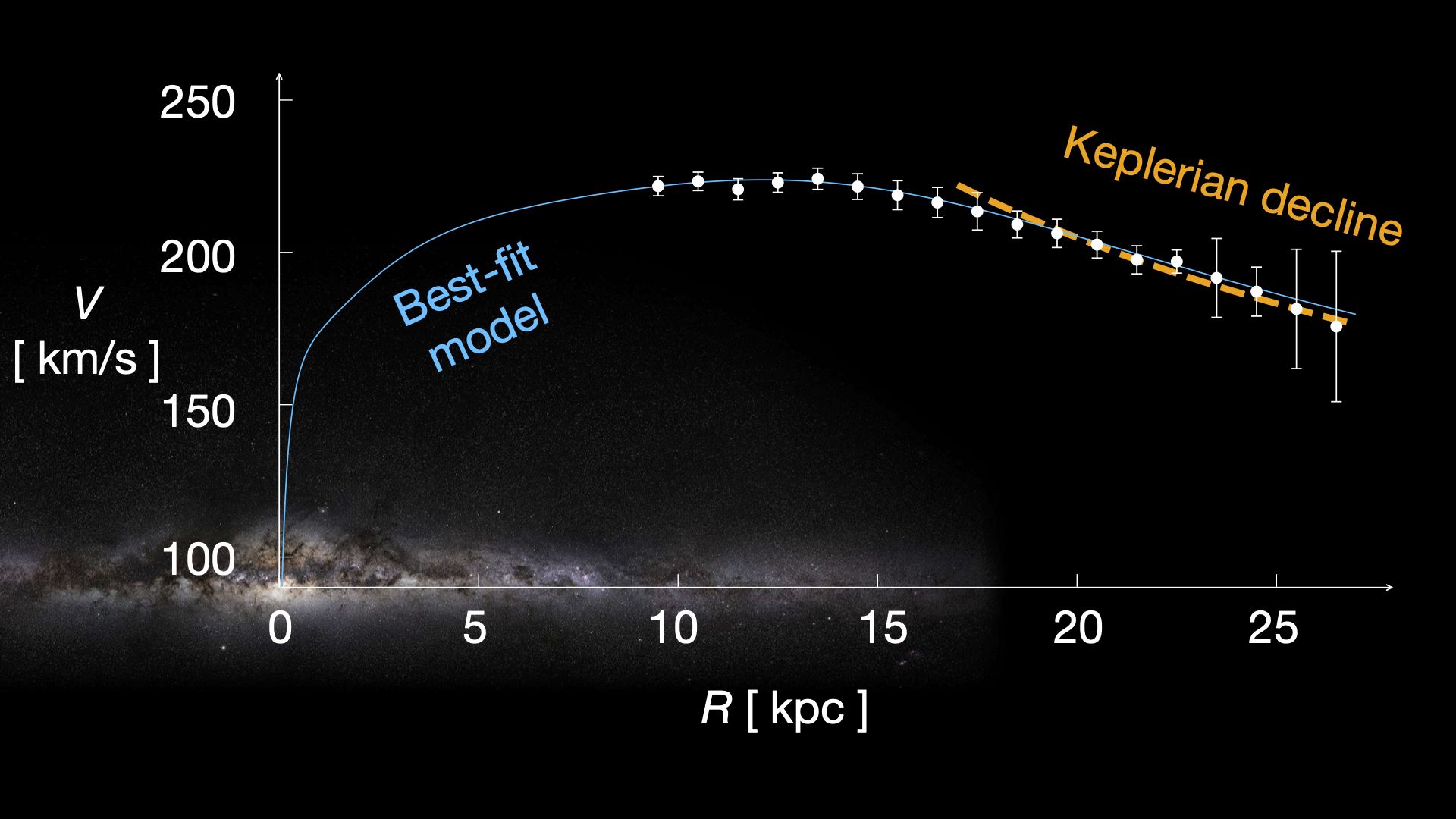Microsoft thinks next-generation nuclear reactors can power its data centers and AI ambitions, according to a job listing for a principal program manager who’ll lead the company’s nuclear energy strategy.
Data centers already use a hell of a lot of electricity, which could thwart the company’s climate goals unless it can find clean sources of energy. Energy-hungry AI makes that an even bigger challenge for the company to overcome. AI dominated Microsoft’s Surface event last week.
[…]
The job posting says it’s hiring someone to “lead project initiatives for all aspects of nuclear energy infrastructure for global growth.”
Microsoft is specifically looking for someone who can roll out a plan for small modular reactors (SMR).
[…]
The US Nuclear Regulatory Commission just certified an SMR design for the first time in January, which allows utilities to choose the design when applying for a license for a new power plant. And it could usher in a whole new chapter for nuclear energy.
Even so, there are still kinks to work out if Microsoft wants to rely on SMRs to power the data centers where its cloud and AI live. An SMR requires more highly enriched uranium fuel, called HALEU, than today’s traditional reactors. So far, Russia has been the world’s major supplier of HALEU. There’s a push in the US to build up a domestic supply chain of uranium, which communities near uranium mines and mills are already fighting. Then there’s the question of what to do with nuclear waste, which even a fleet of SMRs can generate significant amounts of and the US is still figuring out how to store long term
[…]
Microsoft has also made an audacious deal to purchase electricity from a company called Helion that’s developing an even more futuristic fusion power plant. Both old-school nuclear reactors and SMR designs generate electricity through nuclear fission, which is the splitting apart of atoms. Nuclear fusion, involves forcing atoms together the way stars do to create their own energy. A fusion reactor is a holy grail of sorts — it would be a source of abundant clean energy that doesn’t create the same radioactive waste as nuclear fission. But despite decades of research and recent breakthroughs, most experts say a fusion power plant is at least decades away — and the world can’t wait that long to tackle climate change.
Helion’s backers also include OpenAI CEO and ChatGPT developer Sam Altman.
[…]
Source: Microsoft is going nuclear to power its AI ambitions – The Verge





